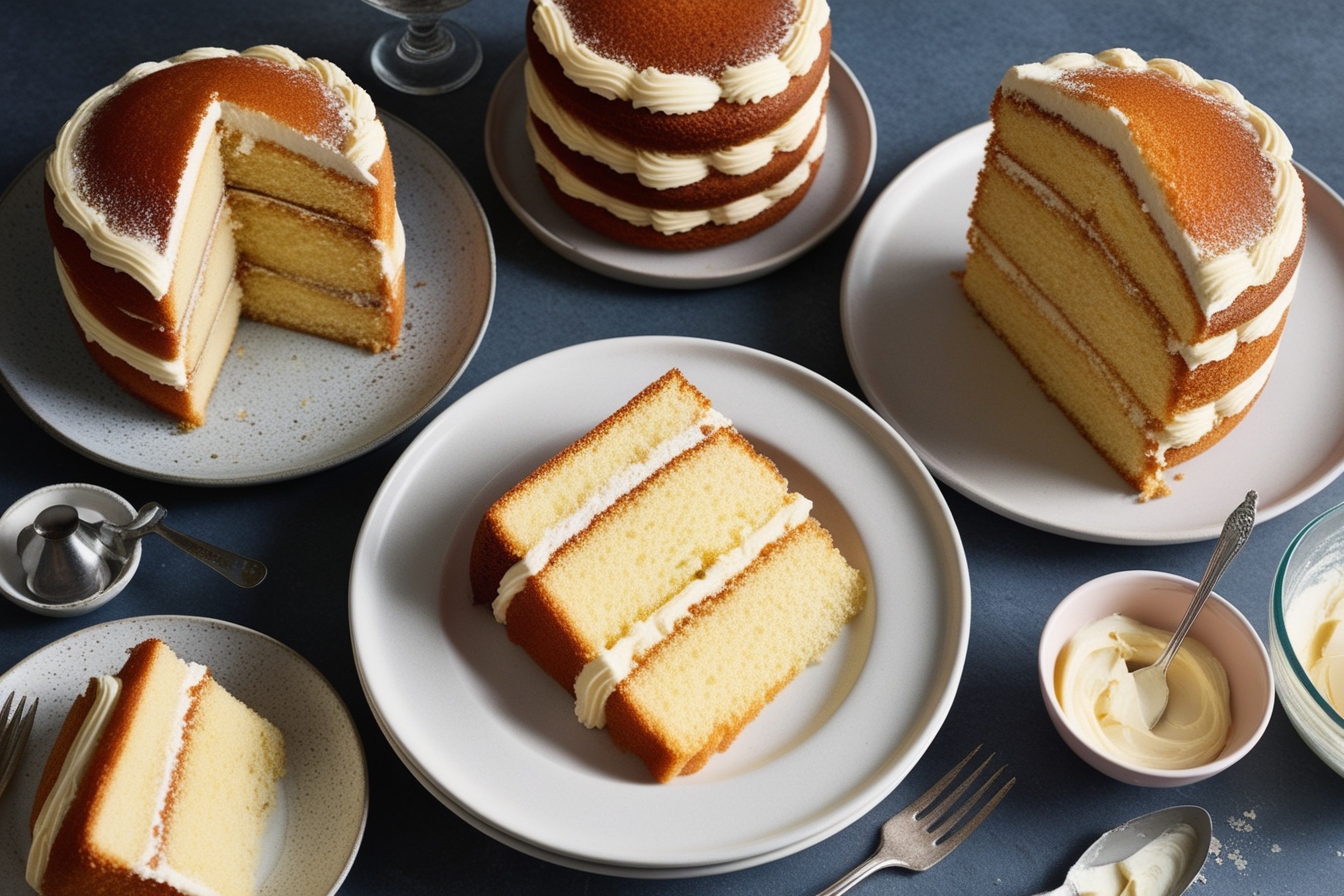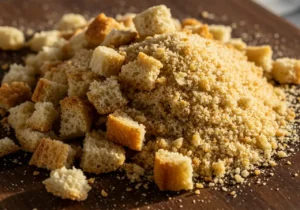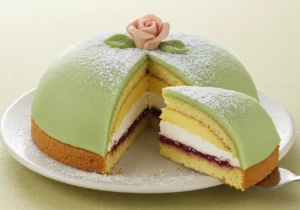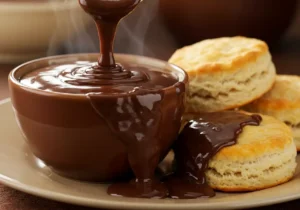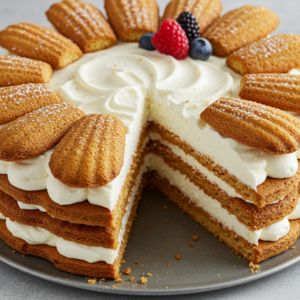Victoria Cakes : A Complete Guide to Baking Perfection

Victoria cakes are a timeless dessert that has captured the hearts of cake enthusiasts worldwide. With their soft, buttery layers and sweet filling, Victoria sponge cakes are the epitome of elegance and simplicity. Whether you’re a seasoned baker or just starting your culinary journey, mastering this classic recipe can elevate your baking game. In this article, we’ll explore everything you need to know about making perfect Victoria cakes, offering tips, variations, and troubleshooting tricks to ensure your success in the kitchen.
What Are Victoria Cakes?
Victoria cakes, often referred to as Victoria sponge cakes, are a traditional British dessert named after Queen Victoria, who was known to enjoy a slice with her afternoon tea. These cakes are characterized by their light and airy texture, achieved by using equal parts of butter, sugar, eggs, and flour. The classic version is typically layered with jam and whipped cream or buttercream and dusted with powdered sugar.
Ingredients for a Perfect Victoria Sponge Cake
To make the ultimate Victoria cake, you’ll need just a handful of pantry staples. Here’s what you’ll need:

Essentials:
- Butter: Use unsalted butter for a rich, creamy flavor. Ensure it’s at room temperature for easier mixing.
- Sugar: Caster sugar is ideal due to its fine texture, which helps create a smoother batter.
- Eggs: Fresh, large eggs are best for binding and providing structure.
- Self-raising flour: This flour includes a leavening agent to help the cake rise. If unavailable, use all-purpose flour with baking powder.
- Vanilla extract: For a hint of flavor that complements the sweetness.
For the Filling:
- Strawberry or raspberry jam: The classic choice for a Victoria cake filling.
- Whipped cream or buttercream: Adds a luscious layer between the sponges.
Step-by-Step Victoria Cake Recipe
Follow these detailed instructions to bake a perfectly fluffy and moist Victoria cake:
1. Prepare Your Ingredients

Start by measuring all your ingredients accurately. Preheat your oven to 350°F (180°C) and grease two 8-inch round cake pans. Line them with parchment paper for easy removal.
2. Cream the Butter and Sugar
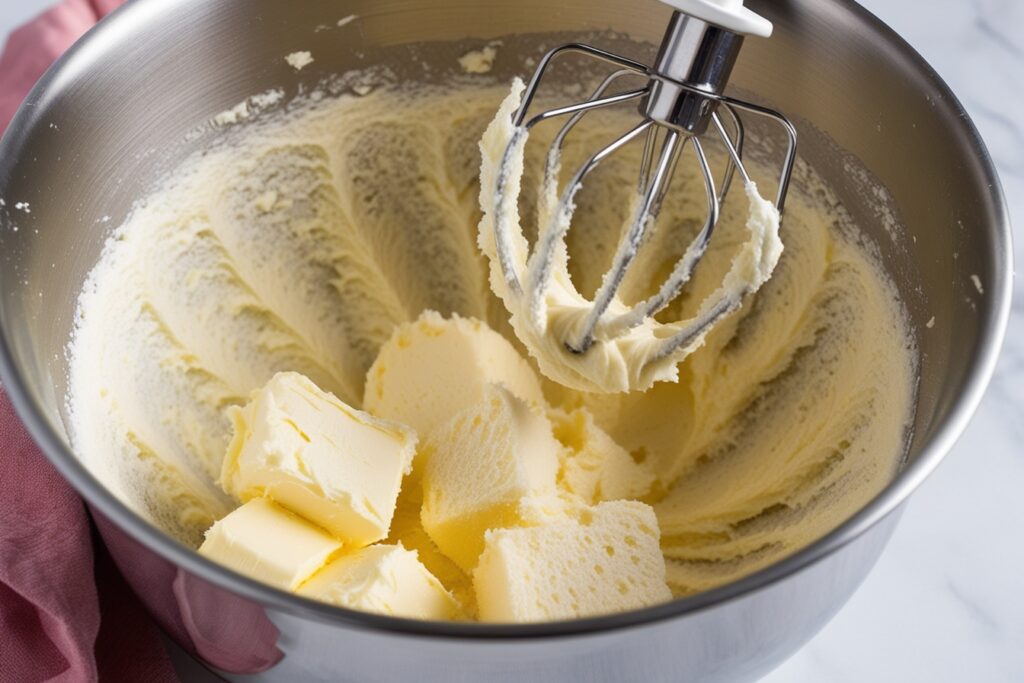
In a large mixing bowl, beat the butter and sugar together until the mixture is light and fluffy. This step is crucial for incorporating air, which ensures the sponge’s soft texture.
3. Add the Eggs

Gradually add the eggs, one at a time, beating well after each addition. If the mixture begins to curdle, add a tablespoon of flour to stabilize it.
4. Fold in the Flour
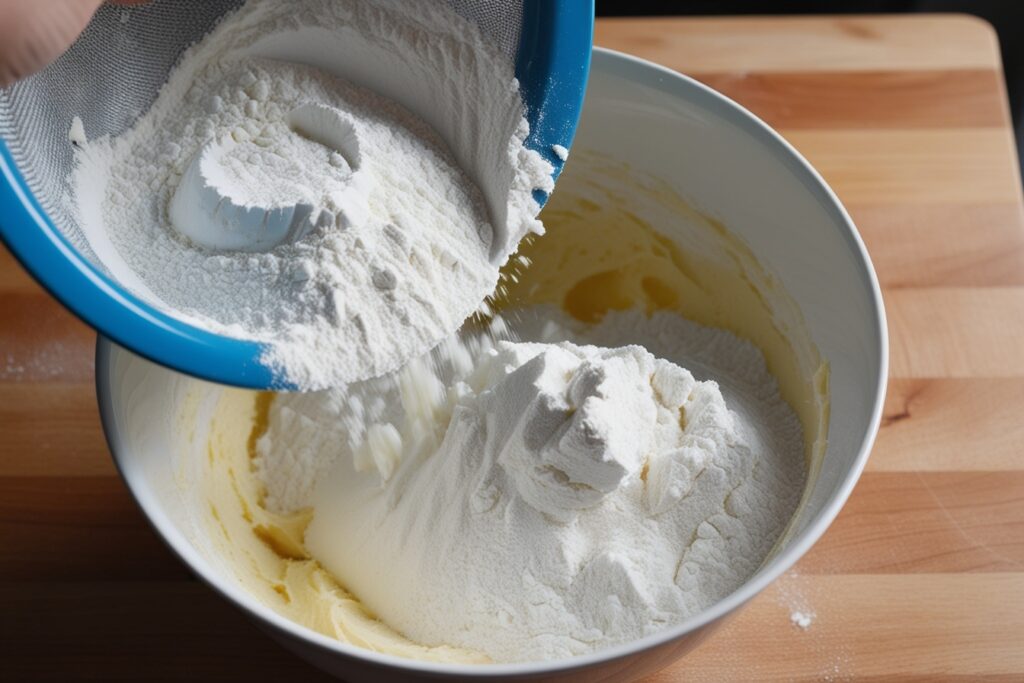
Sift the self-raising flour into the mixture and gently fold it in using a spatula. Be careful not to overmix, as this can make the sponge dense.
5. Divide and Bake
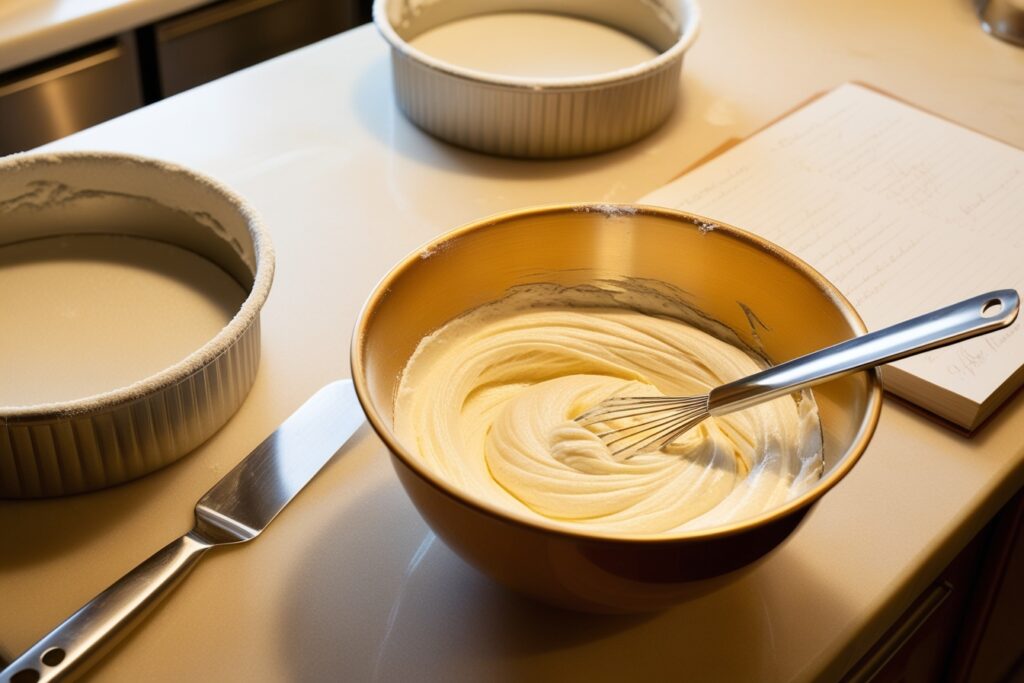
Divide the batter evenly between the prepared cake pans. Smooth the tops with a spatula and bake for 20-25 minutes or until a skewer inserted into the center comes out clean.
6. Cool the Cakes

Allow the cakes to cool in the pans for 10 minutes before transferring them to a wire rack to cool completely.
7. Assemble the Cake

Spread a generous layer of jam over one sponge. Top it with whipped cream or buttercream, then place the second sponge on top. Dust with powdered sugar for the finishing touch.
Tips for Baking the Perfect Victoria Sponge
- Use room temperature ingredients: Cold butter or eggs can result in a lumpy batter.
- Weigh your ingredients: Precision is key to achieving the perfect balance in the batter.
- Don’t open the oven door: Avoid disrupting the baking process, as this can cause the cake to sink.
- Cool completely before assembling: Warm cakes can melt the filling and ruin the presentation.
Variations of Victoria Cakes
While the classic recipe is a favorite, there are plenty of ways to add your twist to this timeless dessert. Here are a few ideas:
1. Chocolate Victoria Cake

Add cocoa powder to the batter for a rich, chocolatey flavor. Replace the jam with chocolate ganache for a decadent touch.
2. Lemon Victoria Cake

Incorporate lemon zest and juice into the batter for a zesty, refreshing flavor. Use lemon curd as the filling.
3. Berry Explosion

Swap the strawberry jam for mixed berry compote, and add fresh berries to the filling for an extra fruity burst.
4. Vegan Victoria Cake

Replace the eggs with flaxseed meal or applesauce, and use plant-based butter and cream to make this cake vegan-friendly.
Common Mistakes to Avoid
Even the best bakers encounter challenges when making Victoria cakes. Here’s how to avoid common pitfalls:
- Dense sponge: Overmixing the batter or using old baking powder can result in a heavy cake.
- Cracked top: This can happen if the oven temperature is too high. Ensure your oven is correctly calibrated.
- Dry cake: Overbaking or not measuring your ingredients correctly can lead to dryness.
Pairing Victoria Cakes with Beverages
Victoria cakes pair beautifully with a variety of drinks. Here are some suggestions to elevate your tea-time experience:
- Traditional tea: Earl Grey or English Breakfast tea is a classic choice.
- Coffee: A cappuccino or latte complements the sweetness of the cake.
- Sparkling wine: For special occasions, pair your cake with a glass of bubbly.
Storing and Serving Victoria Cakes
To keep your Victoria cake fresh, store it in an airtight container at room temperature for up to two days. If you’ve used whipped cream, refrigerate the cake and bring it to room temperature before serving. Victoria cakes are best enjoyed fresh, so try to consume them within 48 hours of baking.
Why You Should Try Baking Victoria Cakes
Baking a Victoria sponge cake isn’t just about following a recipe—it’s about embracing a tradition that has stood the test of time. This classic dessert is versatile, easy to make, and perfect for any occasion. Whether you’re hosting a tea party or simply indulging in a slice of nostalgia, a Victoria cake is always a crowd-pleaser.
Conclusion
Victoria cakes are more than just a dessert; they’re a piece of history that brings people together. With their light, fluffy texture and deliciously sweet filling, they’re a treat worth mastering. By following the tips and variations shared in this guide, you can create a show-stopping cake that’s sure to impress. So, roll up your sleeves, preheat your oven, and start baking your way to perfection.
If you’re ready to continue exploring the world of intense, flavor-packed dishes, be sure to check out more of our recipes. Embrace the thrill of cooking with bold ingredients and discover new ways to elevate your meals!
- 15 Delicious Cuisinart Ice Cream Maker Recipes You Need to Try
- Top 5 Sugar Free Ice Cream Flavors You’ll Love
- Copycat Chick-fil-A Waffle Fries Recipe – Step-by-Step Perfection
- How to Make the Best Bread Crumbs for Your Favorite Dishes
- How to Make the Perfect Ice Cream Cone : Tips, Tricks & Delicious Recipes
- Bluey Cake Tutorial: How to Create the Perfect Themed Cake for Kids’ Parties
- Swordfish Steak Recipe: How to Get It Perfect Every Time
- Princess Cake Recipe: How to Make the Perfect Swedish Prinsesstårta
- Nanalan Cake Recipe: How to Make This Adorable and Nostalgic Treat
- DIY Minecraft Cake: How to Make the Perfect Pixelated Treat
- Authentic Terra Massoud Recipe: A Step-by-Step Guide to Perfection
- How to Make Chocolate Gravy from Scratch Quick and Easy Guide
- How to Make the Perfect Tini Mac and Cheese – Step-by-Step Guide
- Taste of Home Recipes: 25 Comforting Dishes That Feel Like a Warm Hug
- Easy Ways to Customize Your Madeleine using cream cake

